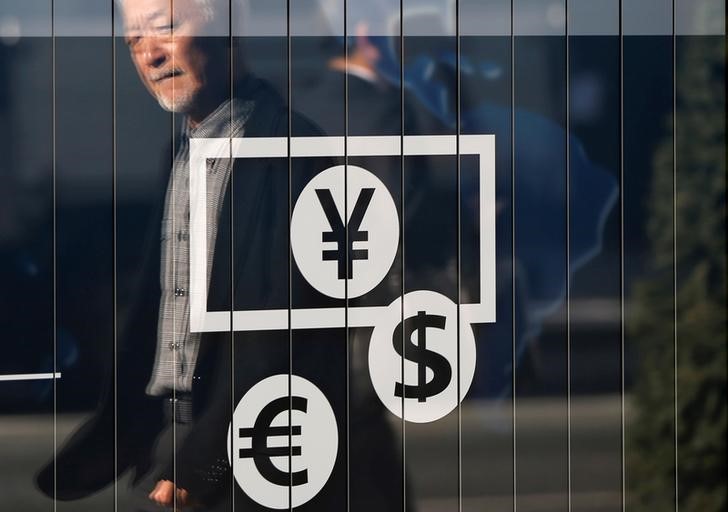Investing.com - The dollar was steady against a basket of the other major currencies in quiet trade on Wednesday after a holiday in the U.S., as investors awaited the minutes of the Federal Reserve’s latest meeting later in the day.
The U.S. dollar index, which measures the greenback’s strength against a trade-weighted basket of six major currencies, was at 95.96 by 07.40 AM GMT (03.40 AM ET).
The dollar pushed higher against the yen, with USD/JPY rising 0.19% to 113.49, after falling to an overnight low of 112.83.
The safe haven yen remained supported overnight amid simmering geopolitical tensions a day after North Korea carried out tests of an intercontinental ballistic missile that can carry a large nuclear warhead.
U.S. Secretary of State Rex Tillerson called for global action to counter an “escalation of the threat” posed by the regime.
The dollar regained ground as markets moved on following a short bout of risk aversion.
Elsewhere, the Fed was due to release minutes from its June policy meeting later Wednesday. Investors are awaiting fresh cues on the future path of U.S. interest rates ahead of Friday’s key jobs report.
The euro pushed higher against the dollar, with EUR/USD advancing 0.15% to 1.1366.
The single currency continued to remain supported by expectations the European Central Bank is moving closer to scaling back its stimulus program following hawkish comments from its President Mario Draghi last week.
The Canadian dollar pulled back slightly after hitting 10-month peaks on Tuesday amid expectations for a rate hike by the Bank of Canada as early as its July 12 meeting following recent hawkish comments its Governor Stephen Poloz.
USD/CAD was at 1.2937, trading within striking distance of Tuesday’s lows of 1.2912.
Sterling edged lower, with GBP/USD slipping 0.09% to 1.2902 ahead of survey data on UK service sector activity which was expected to show a small slowdown last month.
The Australian dollar gained ground, with AUD/USD rising 0.14% to 0.7615.
The Aussie ended Tuesday’s session down 0.64% after the Reserve Bank of Australia kept interest rates on hold at a record low and noted that economic indicators remain “mixed.”
The rate statement disappointed some investors who were hoping that the RBA would adopt a more hawkish stance like its counterparts in Europe and Canada.
